Betting is involved in a Poker game. The betting rounds are distinct for separate variants in a Poker game. There are four betting rounds in Texas Holdem, there are five betting rounds in Seven Card Stud and there are only two betting rounds in Five Card Draw. The betting goes on clockwise around the table in each betting round. In turn, each player must either match the bet of the earlier player (i.e. he must call) or he must get out of his hand (i.e. he must fold). Also, a player in turn can choose to bet more than the earlier bet (i.e. he can raise) instead of just calling. When the last raise has been called or all players have folded, the betting round is ended. During the betting round, all bets that have been made are added to the pot. Same amount has been placed in by all players who now continue to stay in the hand. All existing players have matched the biggest bet in that particular betting round. This can be taken as an agreement within the players on a set price to see another card. When the betting round is ended, if all players have folded expect one, the remaining player wins the pot. If everybody folds, the remaining player does not have to show up his cards to win. This element makes bluffing possible in a poker game.
A player can choose to check if no bets have been placed prior to his turn. Checking simply means that the turn is passed on to the next player without making a bet. Checking is like calling a zero bet. Now assume, the first player checks and the another player places a bet. When the turn for betting comes to the player who checked, he may fold or call or even raise. If the player raises here, his move is called a check-raise.
At the commencement of each poker hand, some players have to make a bet even before the cards are dealt. This ensures that there is a small pot to start with. If such type of 揻orced bets?does not exist, then all players could fold every hand without any cost making poker relatively a slower game.
In some variants of poker, the 揻orced bets?are called blinds. The player to the left of the dealer places the small blind, and the next player in turn places the big blind. In Texas Holdem and Omaha this is how it works. Blinds are counted as valid bets in the first betting round. Blinds are known as 搇ive bets? Once the cards are dealt with, the next player in turn after the big blind starts the betting (This player will be under great pressure). Hence, the player in turn must either match the big blind, raise or fold. As big blind is considered as a valid bet, there is no option to check. Also, 揷hecking?as an option can only be utilized by a player, if no bets have been placed prior to his turn in that particular betting round.
There is another poker variant called as 揂ntes? Antes are utilized instead of blinds. An ante is one type of forced bet that all players have to place in the pot before the cards are dealt with. Compared to blinds, antes are not live bets. They are just placed in the middle to encourage the betting, but will not count in betting for any one player.
After the completion of last betting round, there is a showdown if two or more players stay in the hand. Now, all players show down their cards and the player with the best hand wins the pot. If more than one hand is equally good, then the pot is divided equally between them.





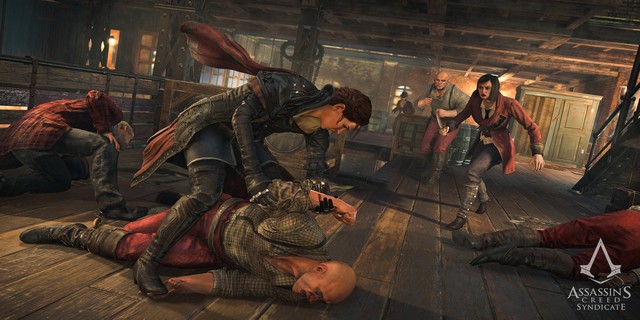
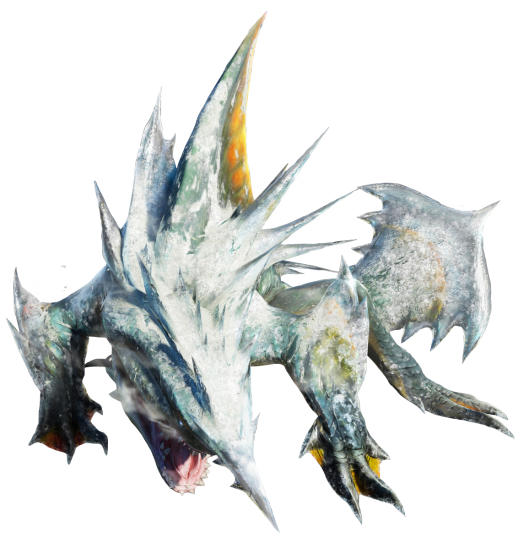 Monster Hunter 4 Ultimate Guide: How to Kill a Zamtrios
Monster Hunter 4 Ultimate Guide: How to Kill a Zamtrios Kingdom Hearts: Recoded Guide
Kingdom Hearts: Recoded Guide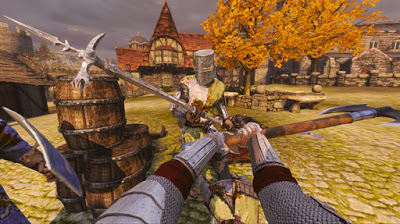 Chivalry: Medieval Warfare (PC) Classes tips
Chivalry: Medieval Warfare (PC) Classes tips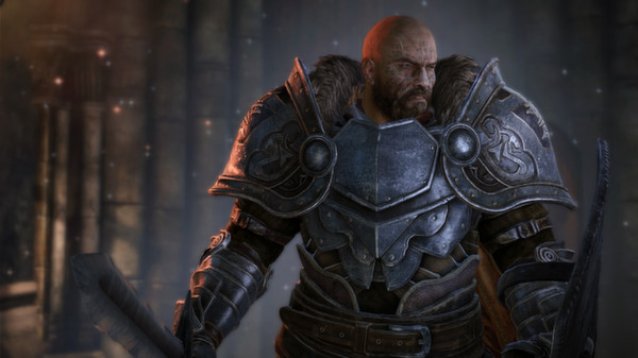 The Best & Worst of Lords of the Fallen
The Best & Worst of Lords of the Fallen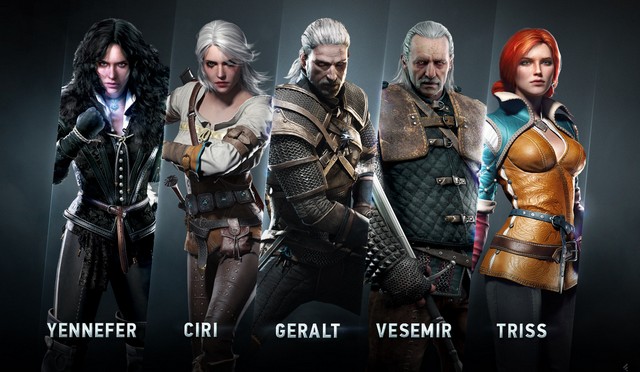 How To Enable Loading Bar In The Witcher 3: Wild Hunt
How To Enable Loading Bar In The Witcher 3: Wild Hunt